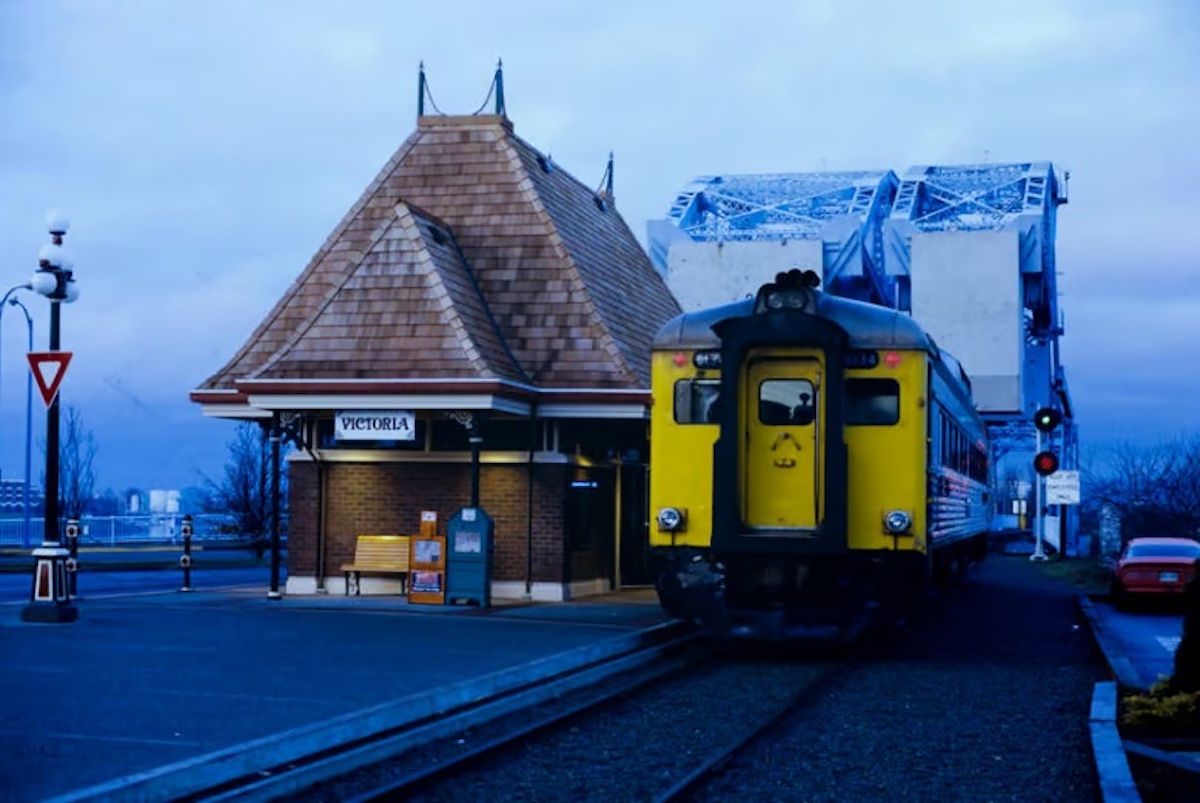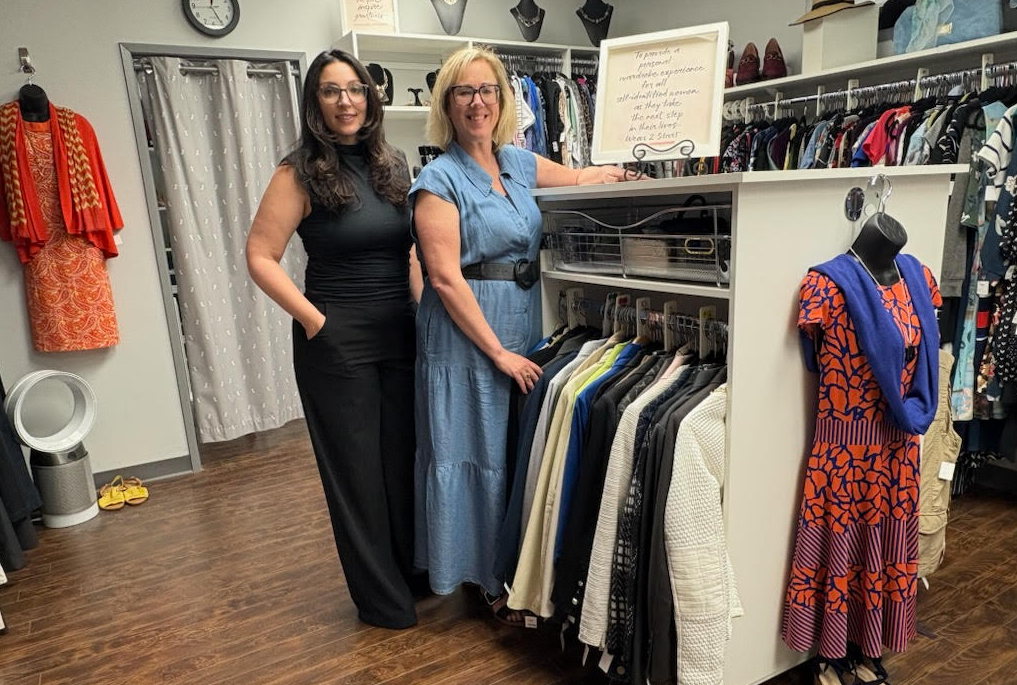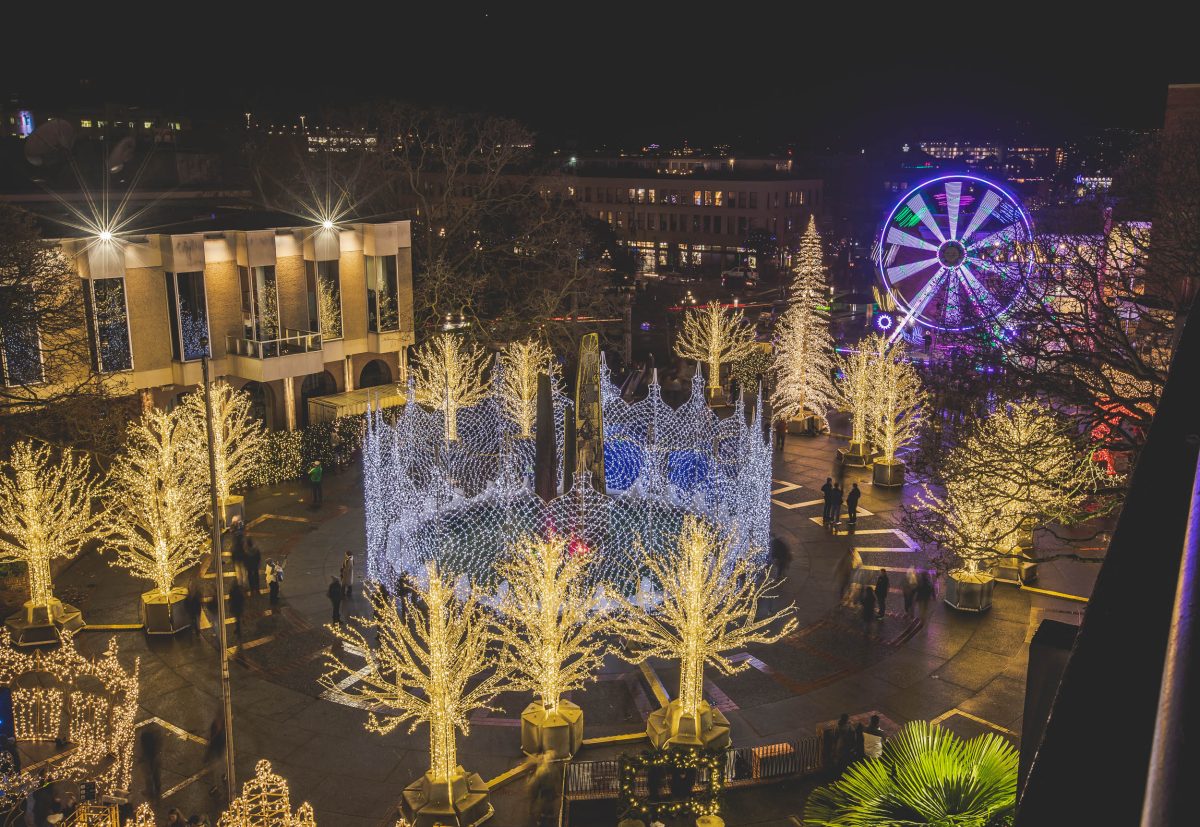Greater Victoria needs more hotels and a bolder vision of the Inner Harbour, says tourist bureau
On Tuesday, Destination Greater Victoria (DGV) unveiled its 2025-2035 master plan, outlining its vision, goals, and what needs to be done to sustain the development of the region’s visitor economy over the next 10 years.
Destination Greater Victoria says the Inner Harbour is key to the area's tourism future
Fresh off the release of statistics indicating Victoria’s tourism industry has bounced back from the pandemic, Destination Greater Victoria—the CRD’s tourism bureau—announced its vision to build up the provincial capital and surrounding area into an even bigger travel powerhouse, proposing more hotels, conference spaces, a renovated Inner Harbour—-that includes a new Royal BC Museum—and down the road possibly, rapid transit connecting the downtown core with the airport.
On Tuesday, Destination Greater Victoria (DGV) unveiled its 2025-2035 master plan, outlining its vision, goals, and what needs to be done to sustain the development of the region’s visitor economy over the next 10 years.
“It’s a bold vision that proposes goals and initiatives that will help support and grow our visitor economy,” said Paul Nursey, DGV’s CEO.
Last year, the area welcomed 4.9 million visitors which generated $3.5 billion in economic outputs, added $2 billion to the GDP and $510 million in taxes, and supported 25K jobs, DGV reported on Oct. 31.
“Despite our continued success, our growing visitor numbers and accolades, like being recently voted the Best Small City in the World by Condé Nast Traveler for a second consecutive year, there is work to do to stay ahead of the competition,” Nursey said.
The plan—call it a roadmap for the next decade and well beyond, Nursey says—like the tourism industry four years ago, was temporarily sidetracked by the pandemic. The strategy is the result of two years of consultation with the tourism community, DGV members, First Nations, business organizations, various levels of government and the public.
Stay connected to your city with the Capital Daily newsletter.
By filling out the form above, you agree to receive emails from Capital Daily. You can unsubscribe at any time.
DGV's 5 goals
It sits on five basic pillars: enhancing tourism infrastructure; creating new attractions and events; emphasizing stewardship and placemaking (by supporting agritourism and Indigenous-led initiatives, for example); expanding connectivity and mobility by developing a regional transportation plan; and building and developing with sustainability in mind.
“It's almost like an OCP—an official community plan—but for tourism, right?” Nursey tells Capital Daily.
The plan’s focal point is Victoria’s Inner Harbour, which Nursey would like to see become even more of a hub than it currently is. “Accentuate it and also kind of reinvigorate it, thoughtfully,” he tells Capital Daily.
He says a reimagined Ship Point, and an accompanying arts district anchored by a new art gallery would spruce up the upper part of the harbour near downtown.
“We could wake up in 20-30 years with an amazing Inner Harbour full of vitality and vibrant things to do,” he says.
Inner Harbour is key
Nursey sees the Inner Harbour built up with a completed Belleville (Steamship) Terminal, the Maritime Museum and First Nations’ Future of History undertaking, and a completed Roundhouse in Vic West. He says he’d also like to see the Royal BC Museum not only remain in the immediate Inner Harbour area but possibly integrated with a new conference centre.
“So we really are putting a focus on the Inner Harbour because, you know, visitors gather around that—it is a global icon, so we want to make sure that there's a coherent plan in place for that for the future.”
The future of the Royal BC Museum is still being determined, while the Victoria Conference Centre (VCC) is outdated and could follow one of three paths: refresh it, rebuild it on the current site, or fuse it with the museum.
“Multi-use facilities are the way things are happening these days,” he says.
Nursey says conference centres and rooms are of huge importance to tourism, particularly since conference goers statistically spend more than leisure travelers. They tend to stay longer, use more serivces, generate revenue in off-peak—shoulder—seasons and often return for leisure purposes.
“Tier 2 and tier 3 cities like Saskatoon and Kingston are currently building conference centres that would put ours in the dust,” he tells Capital Daily.
Doubling the VCC’s size, and hosting 19 to 23 additional conventions each year could increase the VCC’s economic impact to Greater Victoria’s economy by as much as 50%, the report said.
A clear need for more hotel rooms
One of the major issues facing Greater Victoria’s tourism industry, the report said, is a shortage of hotel rooms. The CRD’s hotel inventory has fallen 27% over the past decade, the report said.
The demolition and conversion of several hotels including Harbour Towers, Paul’s Motor Inn, and the Comfort Inn on Blanshard, have left the capital region with 4,695 rooms, and that has left visitors with fewer choices and higher rates.
The report recommends the addition of 800-1,200 full-service—meaning they offer onsite amenities such as business centres, spas, restaurants, and exercise spaces—hotel rooms over the next five years, with an emphasis on 3- and 4-star hotels.
“And those could be downtown… could be in Vic West,” Nursey says. “Esquimalt and Saanich are very keen on hotel development.”
DGV is preparing to launch a hotel development task force to work with the private sector and government to provide more initiatives and support for hotels to be built here.
“We're not asking for a huge number of properties,” he says. “It's like, four or five would do.”
Rapid rail not for this generation but maybe later
Concerning rapid rail, Nursey acknowledged it’s something cities begin to contemplate when they begin to approach a population of a million people—not something in Victoria’s immediate future. They start looking at light rail and he says we’re seeing a rapid bus system slowly being developed here, downtown to Uptown and to Langford.
“We just want to put a marker down as we plan for generations ahead,” he says.
“We don't expect it tomorrow, but we want it to be considered.”
The report also said more attractions, and events—including something in the winter to attract tourists in the shoulder season—and the promotion of activities downtown also are keys to maintaining and boosting tourism.
Asked if there are any other elements DGV considers integral to attaining its goals, Nursey responded: “We need to build deeper relationships with Indigenous partners, and that's going to be a stronger focus of ours going forward.”
Stay connected to your city with the Capital Daily newsletter.
By filling out the form above, you agree to receive emails from Capital Daily. You can unsubscribe at any time.
















